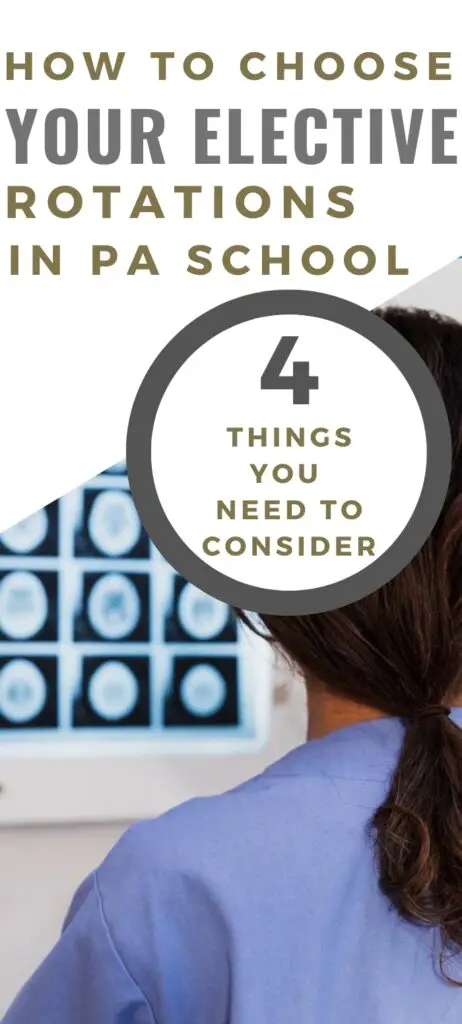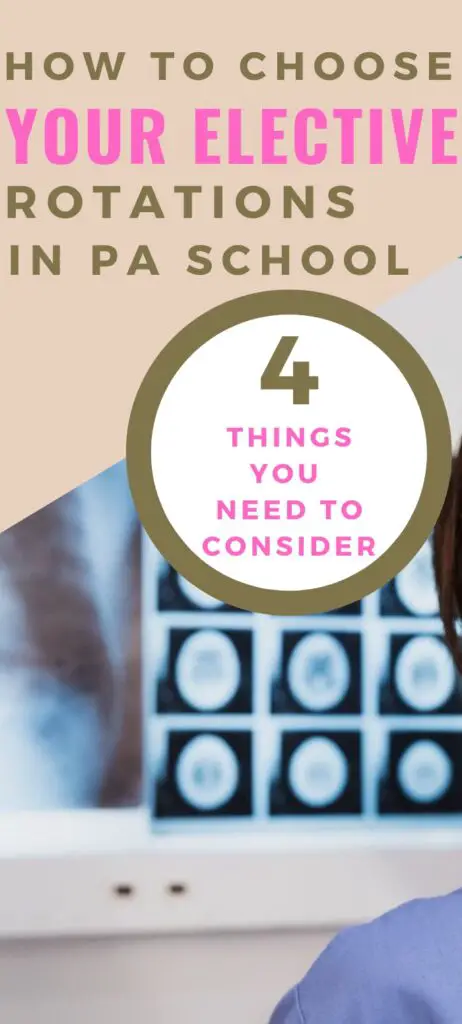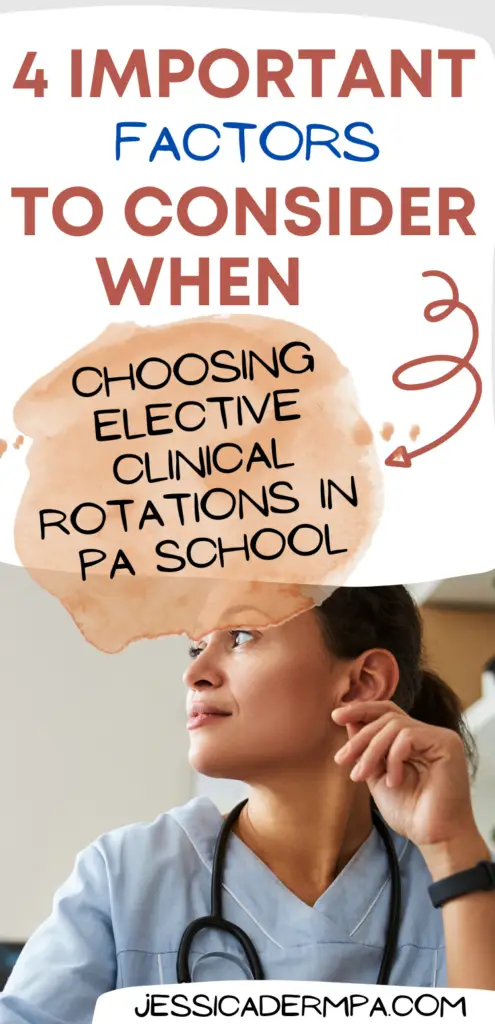Congratulations! If you are reading this post then you are likely wrapping up with the didactic portion of your PA program. Next comes the fun part, deciding on your elective clinical rotations. Every PA program is slightly different when it comes to choosing rotation sites. Some students will have no say at all. Meanwhile, other programs may require you to set every single one of your rotations up on your own. Hopefully, you are not in the latter camp as that can be a lot of work. My PA program had a list of pre-approved rotation sites and the months they had available for students. We also were given the option to choose two elective rotations. One of these electives did not need to be on the pre-approved list of rotations. That meant we could set up a rotation in any area of our choosing as long as it passed certain requirements.
I spent a lot of time and energy setting up an elective rotation just to have it canceled… thanks COVID. Since the likelihood of another pandemic happening any time soon is low *knock on wood*, you should be able to count on attending your elective rotation. There are four important factors I want you to consider when making this choice; unless you are one of the few lucky ones that already have a job lined up after you graduate and don’t care where they put you. The four main elements I want you to consider are: can you learn a valuable skill that will benefit you in the future, the reputation of the preceptor, the location of the elective rotation, and lastly is it a specialty you are interested in working in? Most people only consider the last factor, when they honestly may benefit more from thinking about one of the other points. Let me tell you why each is important!
Related: 6 Things to Do When You Have 6 Months Remaining in PA School
Learning a new skill instead of repeating core clinical rotations
I already had two years of dermatology experience as a medical assistant under my belt when it came time for me to choose my elective. While I ultimately chose to do my elective rotation in dermatology I wish I had considered a surgical subspecialty. If I could do it over, completing a rotation where I had the option to practice suturing more consistently would have benefited me more in the long run. The dermatology rotation I ended up in did not allow students to do much more than shadow. Quite frankly, I didn’t learn much during that rotation. This is something to inquire about beforehand from students in the class ahead of you. Surgical rotations, especially at teaching hospitals, typically allow students to have a much more extensive hands-on learning experience.
Let me give you another example. Let’s say you want to go into emergency medicine (EM). Do you know what you see a lot of in EM? Colds, flu, upper respiratory infections, ear infections. No, they are not emergencies but that doesn’t stop people from overusing the emergency department. (That is a rant for another post). You are already going to be doing an EM rotation as part of your core rotations. It might be a good idea to see if you can set up an ENT elective rotation to drill in that knowledge and to better prepare you for when you are out in the real world.
Choose the preceptor, not the specialty
Do you know of a preceptor who is notorious for giving great references or a preceptor who has a lot of connections to places you may want to work? Even if it’s not the specialty of your choice it may be worth doing your elective rotation there if it means a great reference. References go a long way in opening up job availability especially if it is by someone well-known and trusted. Another thing to consider besides a reference is simply if the preceptor is good at teaching. Learning from someone passionate about their job is refreshing and can make you reconsider where your passions lie.
Location of the clinical rotations
Maybe your PA program is allowing you to go home for an elective rotation. While your intended specialty may not be open, another medical office back home is. This might allow you to live at home with relatives and save some money. Not to mention you can alleviate some workload if someone can cook you dinner every night. I originally tried to set up an urgent care elective rotation in the state of Maine where I knew I would be moving upon graduation. I was excited because I thought it might provide me with connections to help with the job hunt after graduation. The rotation getting canceled was a blessing in disguise as I otherwise may not have ended up in dermatology.
Choose the specialty you want to work in
This is the most obvious factor to consider when choosing your elective rotation. This is especially important if you are interested in a specialty that is not one of the core clinical rotations. The likelihood of a neurologist hiring you with zero experience in neurology isn’t great. It may be made slightly better by having done a rotation in neurology. Completing a rotation in a specialty is also a good way to rule OUT something you thought you may be interested in. It may help narrow specialties down if you are uncertain about your desired path.
Elective rotations are an important part of your PA education and something to look forward to. The decision of where to do your rotation is worth giving some thought over. Elective rotations may change the trajectory of your interests and open doors that otherwise may not have been possible. I was happy with my orthopedic surgical rotation as I was able to improve my suturing techniques. On the other hand, I regret using up one of my precious elective rotations on dermatology as I didn’t learn much given my medical assistant background in the field. Looking back now, another surgical specialty would have benefited me more. Have you already chosen or completed your elective rotations? If so, let us know what factors you considered in the comments below!







View comments
+ Leave a comment